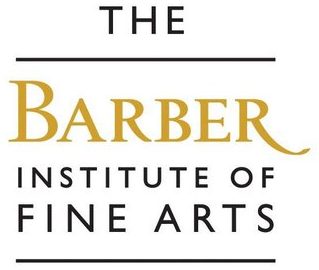Thomas Rowlandson (1757-1827)
Dressing for the Masquerade London, 1790 Tinted etching Paper: 37.3 x 51.3 cm; mount: 51.7 x 63 cm The most obvious differences between this print and Rowlandson’s original drawing (Inv. No. 48.9) are the colours. The print has been hand tinted and consequently each version is slightly different from the others. The general colour … Read more
